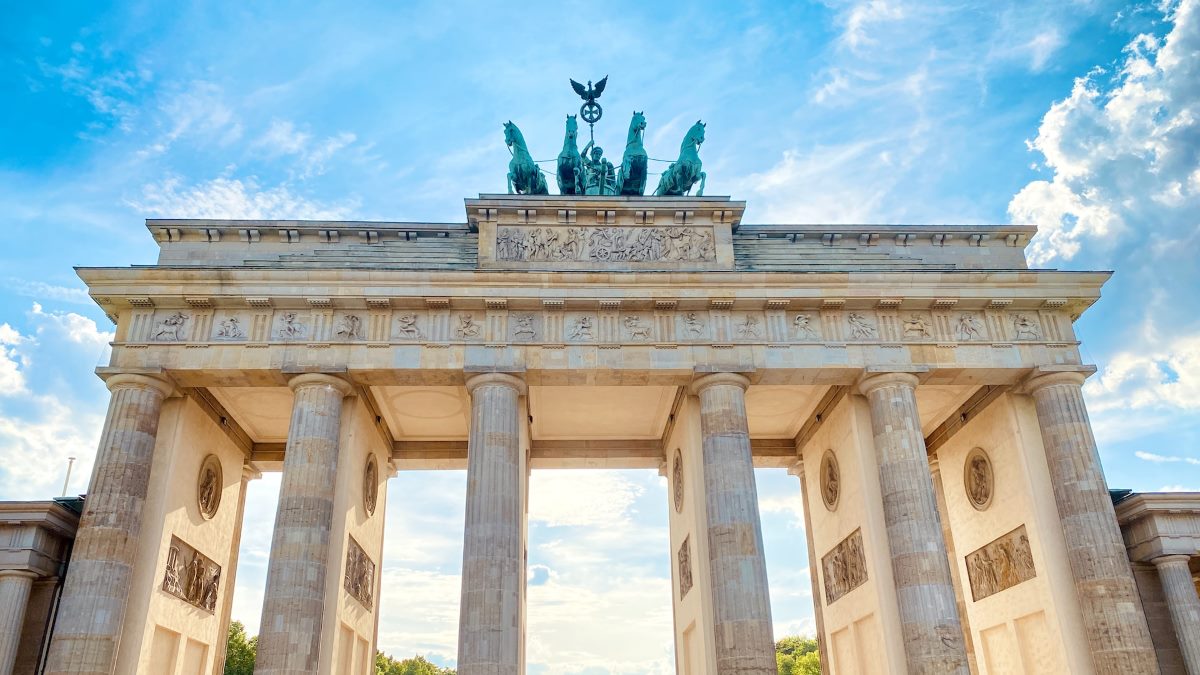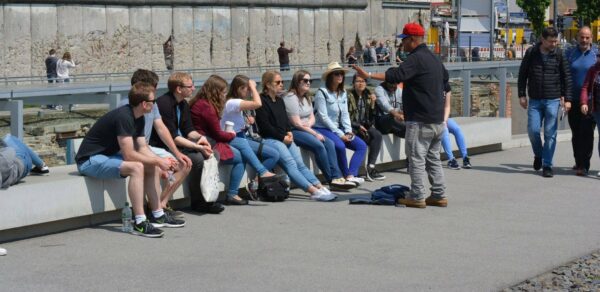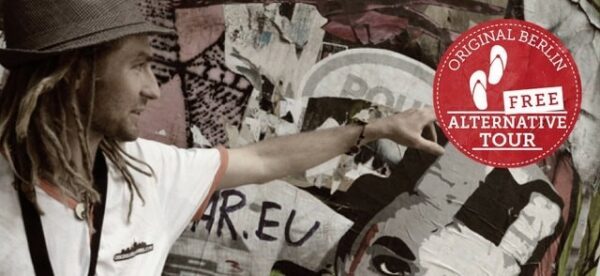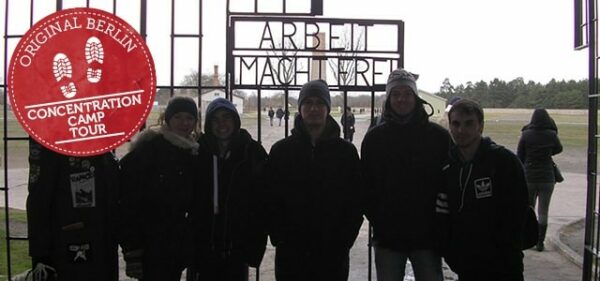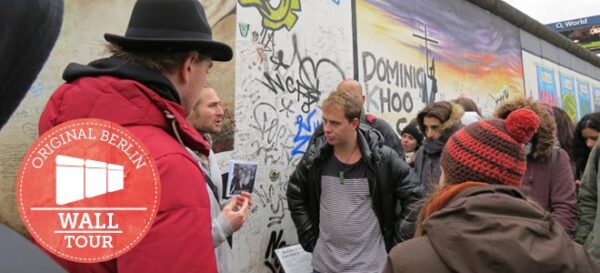Welcome to the German Historical Museum situated in Berlin, Germany. So if you are interested in history, or more specifically, in the history of Germany, this museum is designed specially for you. In this blog post, we will discuss all the high spots and main features of the German Historical Museum, to help a visitor to make the best of his/her trip to the museum.
The History Behind the Museum
The Deutsches Historisches Museum is Germany’s history museum and was founded in 1987 within the historic city of Berlin. It is intended to help students acquire a historically evolved picture of the German country, historically from prehistory to the modern age. The objects, documents, artworks and multimedia that make up the collections of the museum are varied.
The Exhibitions
This means that all its ‘openings’ are arranged in a historical timeline to let the visitor feel the history path of Germany. Here are some notable sections you should explore:
The Early Middle Ages
This part offers the exhibits and descriptions of the origins and evolution of the German society, the role of Germany during the migrations, the rise of the Carolingian Empire and formation of the Holy Roman Empire. This is a very interesting look at the beginnings of Germany’s history.
The Age of Enlightenment
Follow the greatest philosophers and poets of the world including Immanuel Kant or Friedrich Schiller. This exhibition is devoted to the German ‘Aufklärung’ or the 18th-century German enlightenment movements.
Germany in the 19th Century
Learn about some of the growing nationalism, industrialization, and the effects of the Napoleon Bonaparte period. The following section allows the reader to have a brief overview of what has led to the reunification of Germany.
Nazi Germany and World War II
In this moving photography collection, the progression of Adolf Hitler, NAZI rule, and the Second World War can be found. Cheekt a mournful tale of the worst period in German history it is useful to draw the audiences attention to the fact that history has to be remembered.
It is a history of the German division and reunification Explore Germany through history and discover more about its division and reunification.
Discover the background to the conflict and the climate of Germany and the world during Cold War. The section that follows discusses the after-effects of the Berlin Wall, the 1989 peaceful revolution, and the German reunion.
There are five most pertinent, namely: Group 2 – Additions and Special Exhibitions.
In addition to the standard displays, there are temporary and special exposition in MUMOK focusing on a different topic connected to the history of Germany. These enhance the visitor experience and also offer new ideas.
Tips for Your Visit
Here are some tips to help you make the most of your visit to the German Historical Museum:
- Book your trip in advance and browse the museum’s website for any current opening times and or shut down and limited access policies.
- You might want to take an audio guide or make it a guided tour where other people are taken through the exhibitions.
- It is recommended that you wear comfortable shoes as you will undoubtedly be either hiking or walking for a long period of time.
- It is recommended you allow sufficient time in each part to read and understand historical details of each section and the items on display.
- You can also shop for special mementos, Books, and merchandise representations of Germany’s history in the museum shop.
- Remember, you can take a break at the museum café or in other restaurants situated nearby the building.
Conclusion
The German Historical Museum is one of the knowledge centers and should not be missed by a true history lover. During the visit, it becomes easier to develop a rich vision of the German history, its consequences in the modern world, and what it announces. Remember this is a museum, therefore appropriate planning should be made before visiting, explore the richness and well as the history that is evident in this museum to make the best out of this eye opener.
Table of Contents
